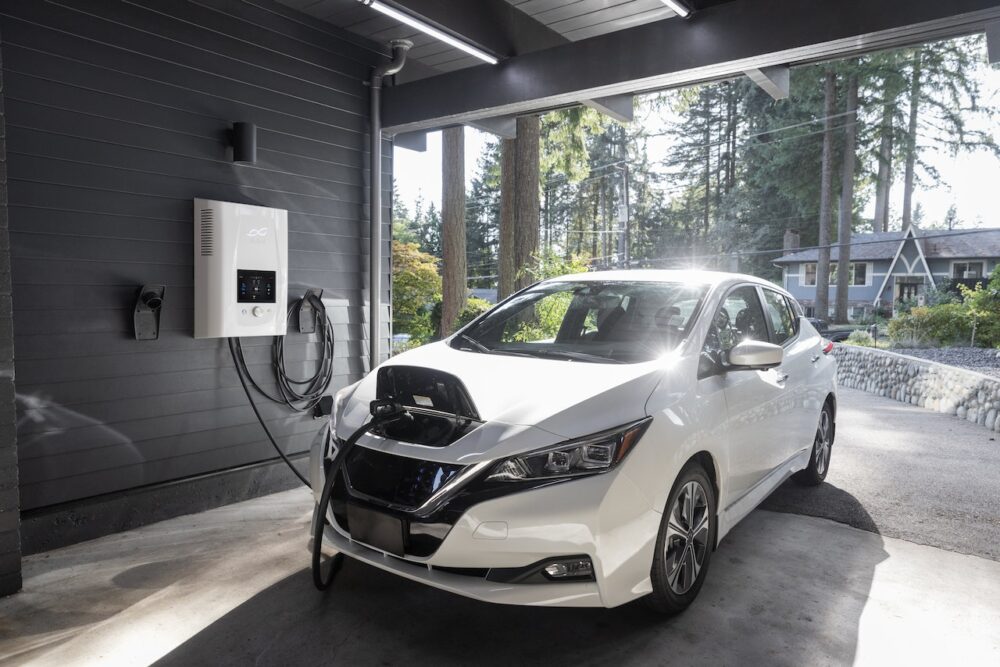The ban on the sale of new petrol and diesel cars in the UK from 2030 has forced people to be more serious about switching to an electric vehicle (EV).
With manufacturers pouring resources into the electrification of their offerings, the technology has taken significant strides forward; many newer EVs now purport to be capable of a range of over 300 miles on a single charge and more employers are fitting chargers at work, enabling motorists to easily charge their vehicles at a reasonable cost.
These advancements could lead to long-term savings for EV owners, with moves being made to curb any safety concerns too.
Technology highlights
There are several benefits to cars that are powered solely by electricity – ones that wouldn’t be physically possible to achieve with a combustion engine. They include:
- Energy efficiency: Petrol and diesel cars have to turn fuel into heat and then convert that into motion. An EV, however, can directly turn electricity into movement.
- Quicker acceleration: The instant torque from the moment your foot hits the floor means that EVs can reach high speeds in a shorter space of time.
- Regenerative braking systems: By recovering the energy lost in braking rather than it being wasted as heat, EVs can be more energy-efficient and put less strain on their brake pads.
However, while the public charging network is improving, many motorists still struggle to do long journeys, with chargers being unexpectedly out of service, and low numbers of chargers compared to demand – and many EV owners complain that costs of using public chargers is high and there are not enough high voltage chargers available in service stations.
Hopefully, this will improve as the use of EVs becomes more widespread.
Maintenance
There are fewer moving parts in an EV than in a car with a combustion engine, so they are typically far easier to maintain. You can forget about checking the oil levels and, for most models, topping up the coolant too, as they’re not relevant to electric vehicles.
However, some areas will still require the same level of attention. For example, keeping on top of your tyre tread and ensuring you get an air conditioning regas at regular intervals is still important with an EV.
Ultimately, though, you should find that you’ll need fewer trips to the garage as there are simply fewer parts that can suffer from faults.
Safety
EVs are subject to the same safety regulations as their petrol and diesel counterparts – they simply wouldn’t be allowed on the road otherwise.
If you want specific information on the safety of a model you’re interested in, you can check its Euro NCAP rating – ideally, you’ll want something that’s been awarded five stars.
There have long been concerns that the high voltages, hot temperatures and flammable batteries could make EVs unsafe. However, batteries are mounted in robust protective structures situated as far away as possible from potential impact areas. Regular fuel tanks, meanwhile, tend to only be made of plastic or thin metal and can be susceptible to damage in a collision.
You won’t need to keep a closer eye on pedestrians either, as all EVs are fitted with a noise emitter to ensure they can be heard approaching.


